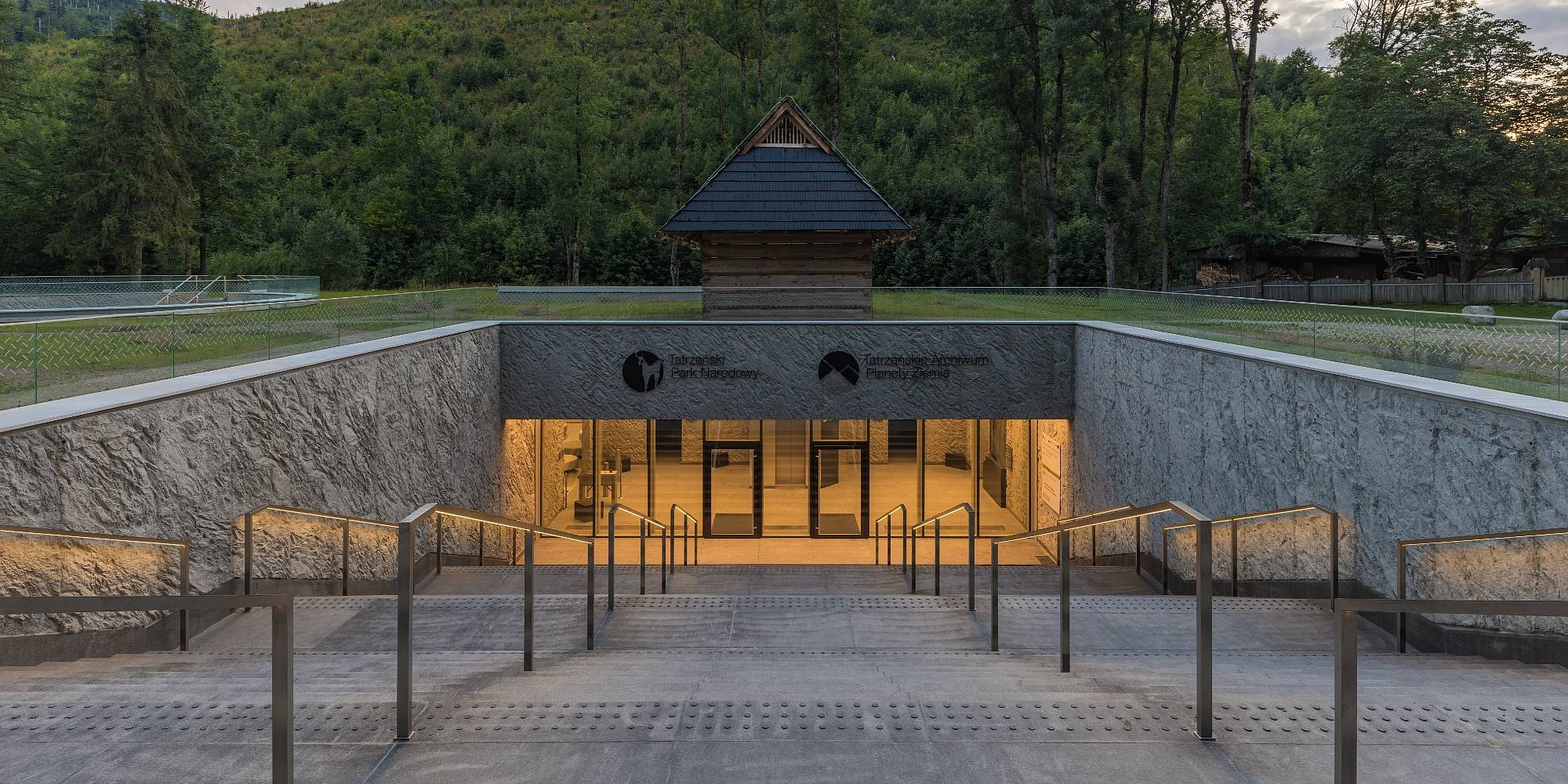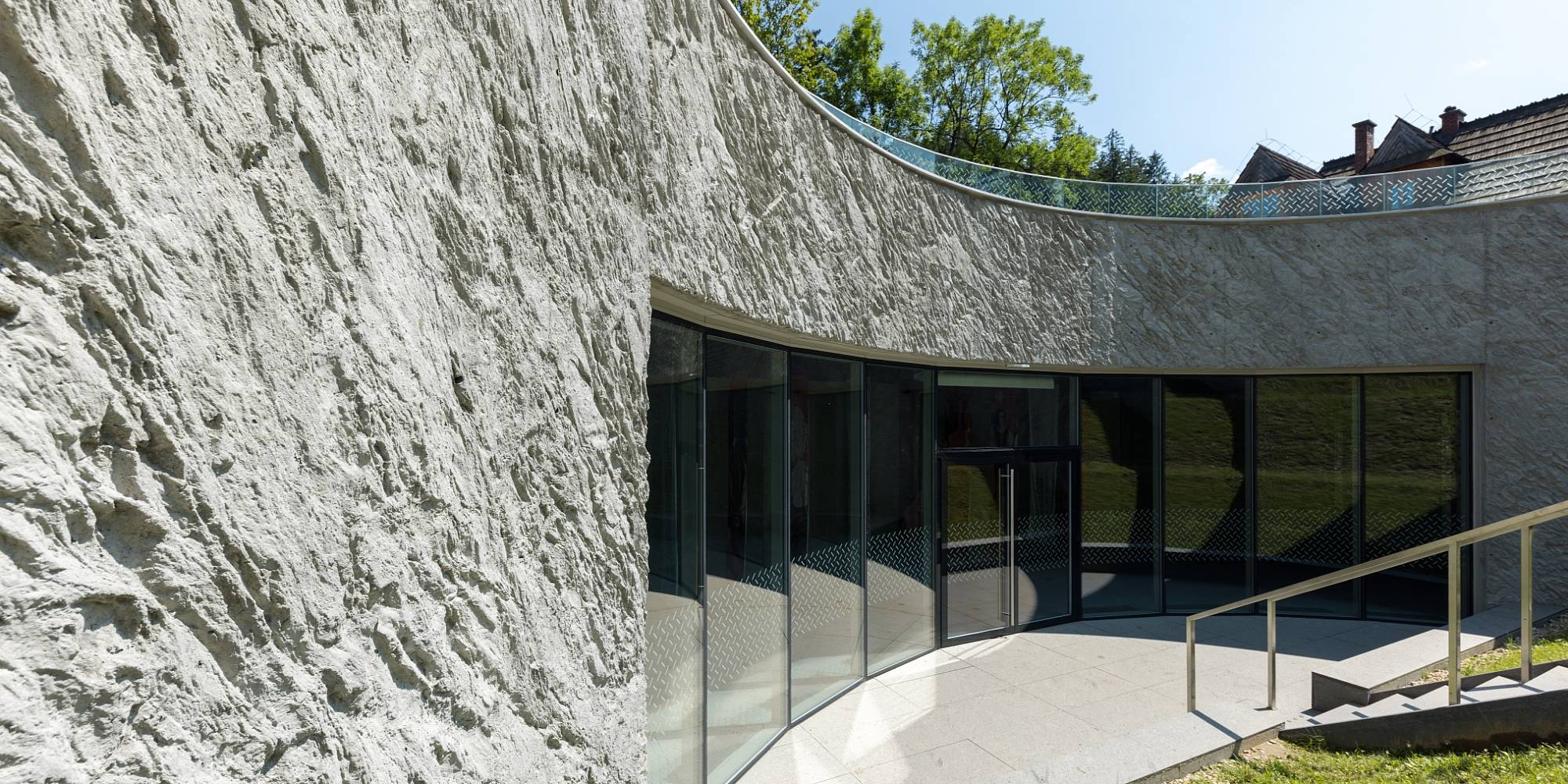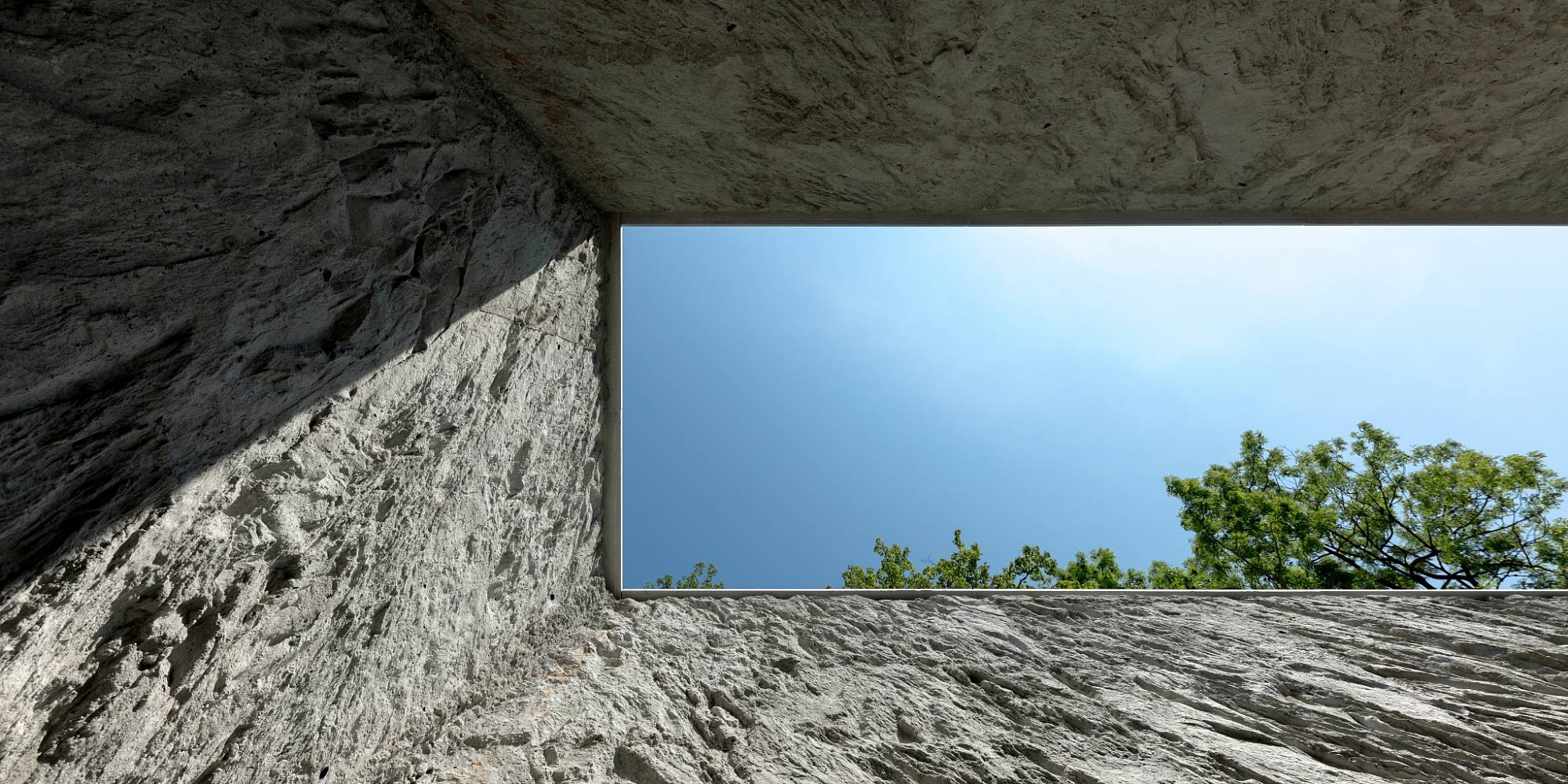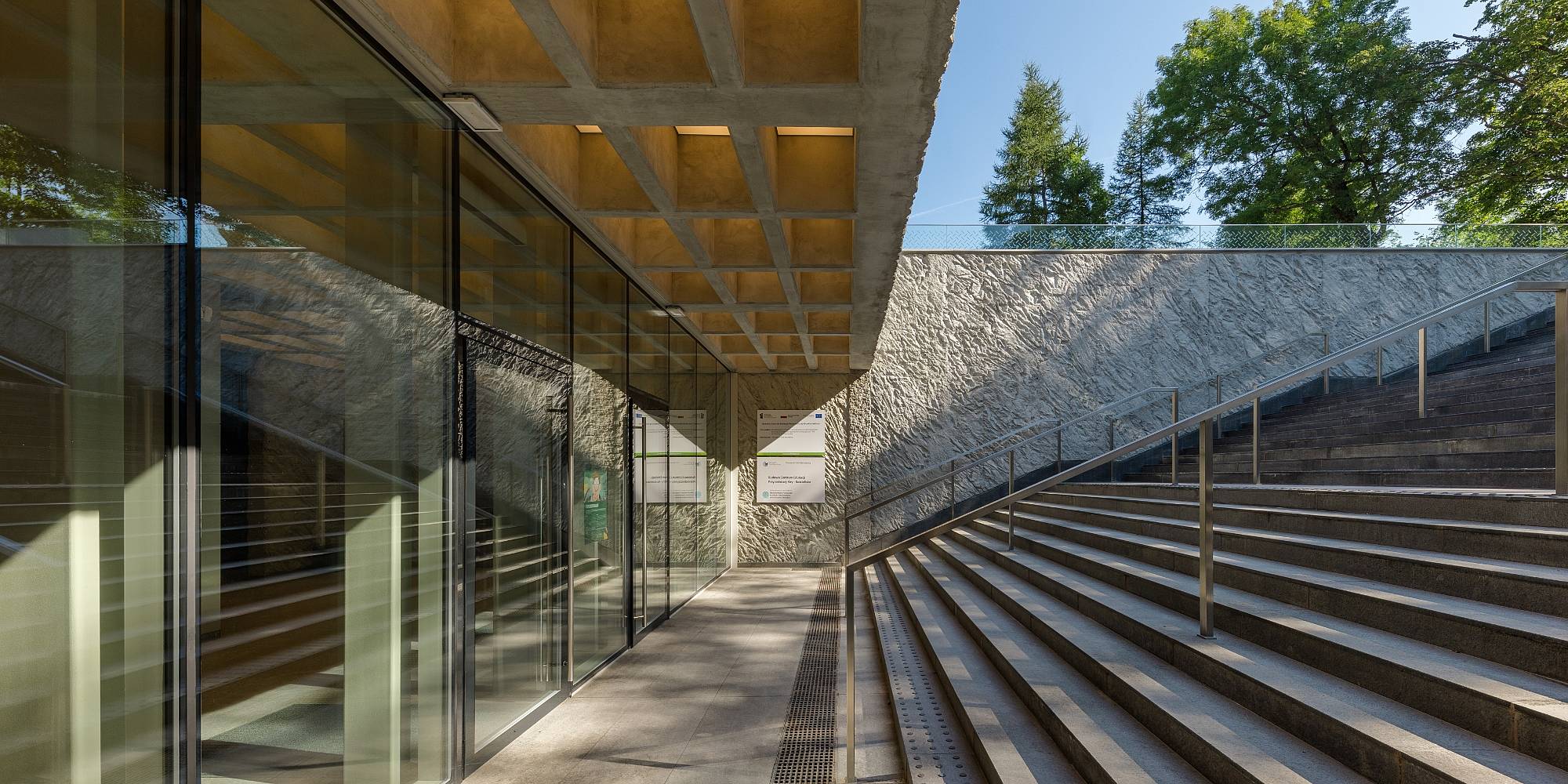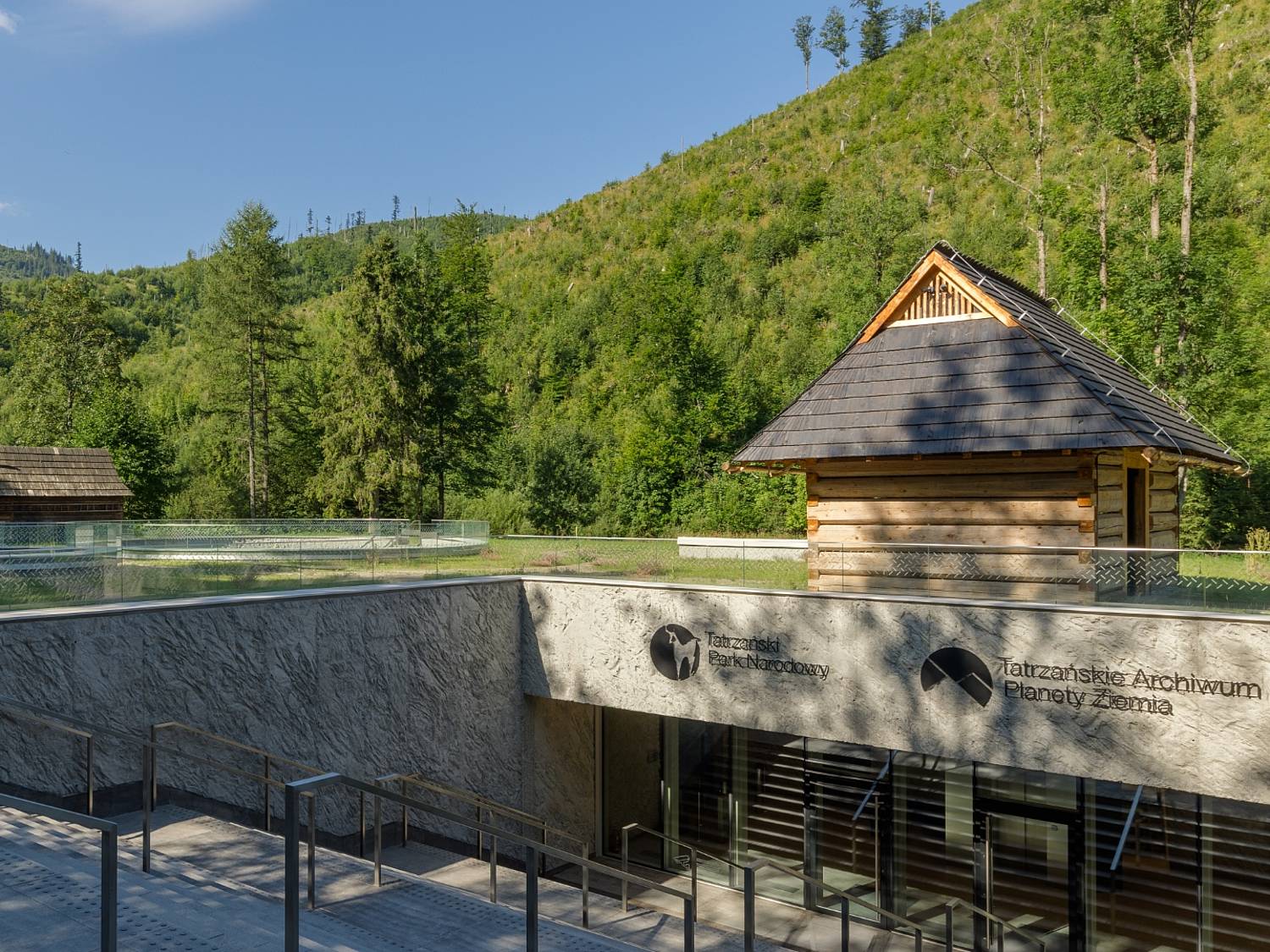Tatra Archive of Planet Earth, Kościelisko, Poland
Geology in Concrete
The "Tatra Archive of Planet Earth," completed in 2024 in the heart of the Tatra National Park in Poland, makes a clear architectural statement in one of Europe's most scenically impressive regions. It draws a clear architectural emphasis from the alpine scenery and dramatic rock formations. The park, home to golden eagles and bears, poses a challenge to architecture not only through its ecological but also its geological peculiarities. The architects from POLE Architekci - led by Wojciech Gajewski, Łukasz Gniewek and Bartłomiej Popiela - dedicated themselves to this demanding task and designed a building that manages to capture geology in concrete in an impressive way.
A Building in Dialogue with Nature
The museum is divided into two areas: an above-ground and an underground part. Gajewski explains: "The above-ground part of the building is clad with reclaimed wood and is inspired by the traditional construction methods of the Podhale region, whereas the entire underground section consists of special concrete casting that resembles the sedimentary rocks characteristic of this region of the Tatras."
The replication of the natural geology was achieved using the RECKLI formliner 2/121 Cheyenne. This rough rock texture imparts a raw, organic aesthetic to both the interior and the facade. The in-situ cast concrete surface adopts the natural rock formations of the surroundings, allowing the museum to be perceived as an integral part of the landscape. Additionally, Gajewski notes, "the building features distinctive geometric openings that highlight specific functions and the main entrance."
Materiality as an Expression of Place
Implementing the concrete facade posed significant technical challenges, especially with the slightly curved walls designed with the rock structure. To achieve a seamless and continuous surface, seven formliners were combined, creating an almost jointless concrete surface. In doing so, the facade structure goes beyond mere aesthetics and becomes an expression of the site's geological past.
Bearer of History
The nearly 800 m² underground part of the museum serves as an exhibition and educational space that delves deeply into the geological processes of the Tatra Mountains.
The entire building is a chronicle of the region's geological development. Gajewski explains: "The exhibition provides insight into the formation and structure of individual geological formations, as well as the geological processes that led to the creation of the Tatras and have shaped and continue to shape its landscape."
Here, the architecture itself becomes the bearer of this history, with the materials and facade design physically embodying the connection between nature and building, thus contributing to this shaping.
